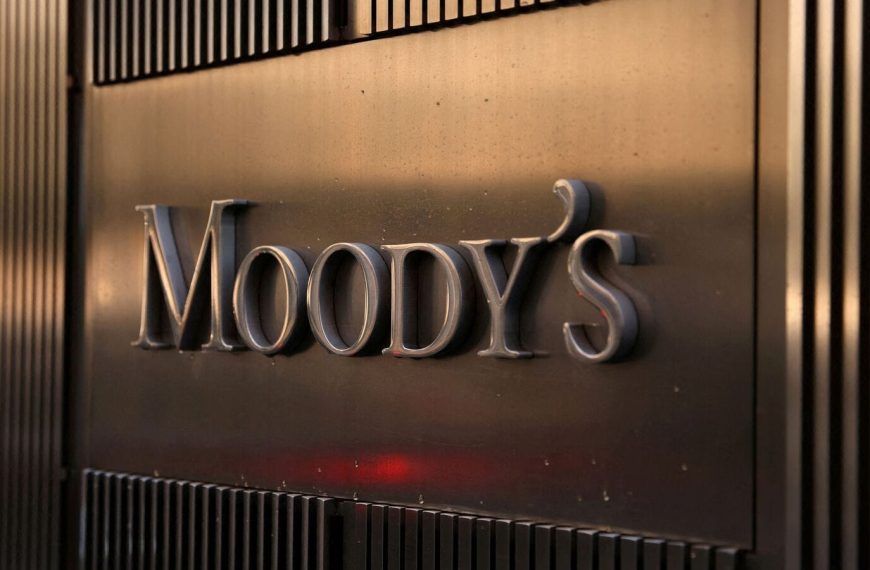UBS Adjusts India’s GDP Growth Forecast Amid Global Economic Challenges
In a recent analysis, UBS has adjusted its forecast for India’s real GDP growth for FY26, lowering it to 6% from the previous estimate of 6.3%. This revision comes in light of increasing global economic pressures and a significant 27% reciprocal tariff imposed by the United States, set to take effect on April 15. The Swiss investment bank warns that these factors could negatively impact India’s export capabilities due to weaker international demand and ongoing trade tensions with major partners, notably the US and China.
Impact of Global Economic Trends on India’s Growth
UBS notes that the reduction in India’s growth outlook for FY26 reflects the economic challenges posed by the new US tariffs, alongside a broader global economic slowdown. Initially, the bank had anticipated a 25-basis-point impact on growth, but it has now further adjusted this figure in response to recent developments.
- Domestic Economy Support: While rural demand is showing signs of improvement and urban stability is projected, UBS warns that corporate investment may face delays due to declining sentiment and fears over China’s excess capacity affecting global markets, including India.
Domestic Demand as a Stabilizing Force
Despite external challenges, UBS remains optimistic about domestic consumption, which is expected to bolster the economy. The firm highlights several key factors:
- Rural Recovery: Improved crop yields and easing inflation are likely to enhance rural spending.
- Urban Stability: Anticipated interest rate cuts and lower fuel prices should support urban demand.
However, UBS cautions that India’s goods exports may still suffer due to a slowdown in global trade.
Potential for Monetary Policy Easing
UBS believes that further interventions by the Reserve Bank of India (RBI) could strengthen domestic growth. The bank now projects potential rate cuts of up to 125 basis points in this cycle, an increase from its previous estimate of 75 basis points. With inflation expected to drop to 4% by FY26, driven by lower crude oil prices and cheaper imports from China, UBS encourages the government to adhere to its FY26 capital expenditure targets while considering reductions in retail fuel prices to enhance consumer purchasing power.
Key Considerations in Tariff Negotiations with the US
The bank emphasizes that India’s current strategy of negotiating a balanced trade agreement with the US—rather than retaliatory measures—could prove beneficial. Reports suggest that both nations may finalize a revised trade agreement by year-end, focusing on reducing tariffs across critical sectors such as:
- Agriculture
- Energy
- Automobiles
- Electronics
- Textiles
These sectors make up nearly 50% of India’s exports to the US.
Broader Global Trade Risks
UBS has raised concerns that the recent tariffs could reduce global trade volumes by as much as 7.5 percentage points. Their analysis indicates a significant impact on the US economy, with GDP growth projections for 2025 being slashed from 1.6% to 0.4%. Additionally, the forecast for Chinese exports indicates a potential contraction of 5 percentage points, with China’s GDP expected to decline by 1.5 percentage points. The ASEAN-5 economies may also face a 0.7 percentage point decrease in growth.
India’s Resilience in the Face of Trade Tensions
While acknowledging the challenges posed by global trade disputes, UBS asserts that India remains relatively insulated due to its limited reliance on goods trade and the rising share of services exports, now constituting nearly 47% of total exports. Despite the downward revision of its GDP forecast, UBS affirms that India’s structural growth story holds strong, supported by manageable macroeconomic risks and a resilient domestic demand bolstered by policy interventions.











